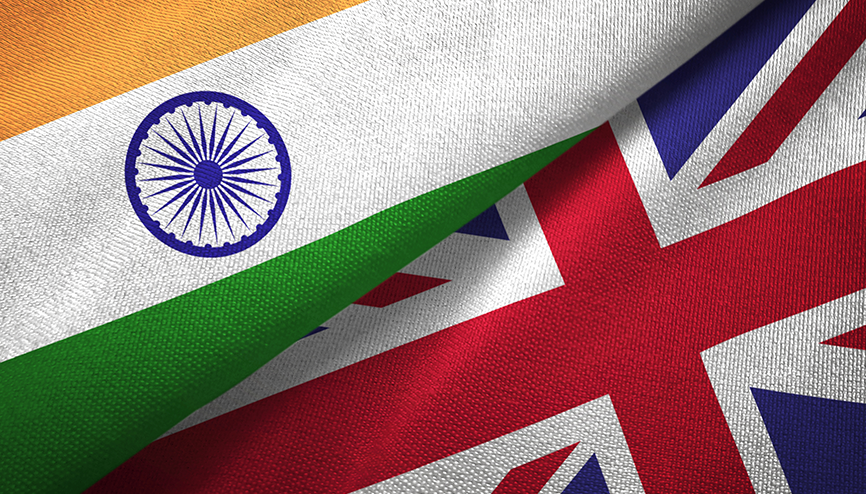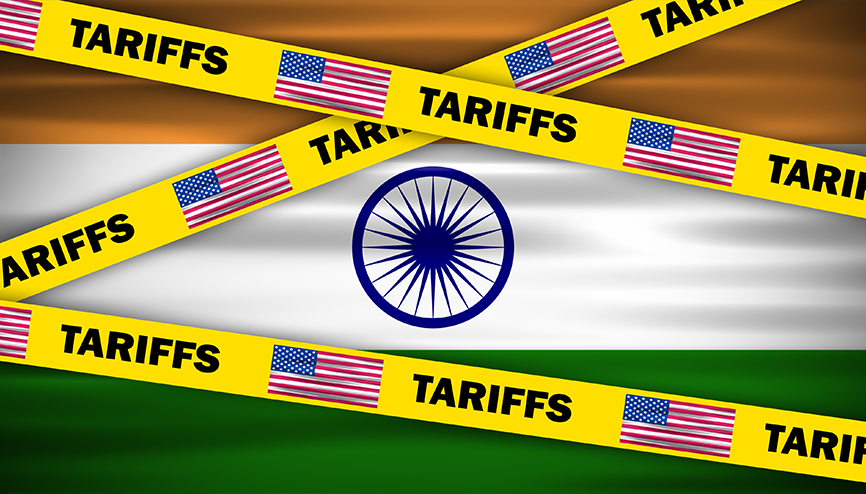Who Wins Big In The India-UK Trade Pact
India’s textiles and apparel exports represent a meaningful portion of the country's exports; textiles have historically been one of the top non-petroleum merchandise export categories
The India–UK Comprehensive Economic and Trade Agreement (CETA) is more than just a trade pact; it is a game-changer for Indian exporters. With steep tariff cuts, improved market access, and facilitation in services and mobility, the deal is set to unlock targeted growth in high-potential sectors. Industries where every percentage point of duty can make or break a deal, from textiles and leather to engineering goods and processed foods, this Free Trade Agreement (FTA) could tilt the playing field in favour and stand to gain a competitive edge in the UK market.
When exports rise because of an FTA, two indirect-tax realities immediately follow. First, exporters will generate higher unutilised input tax credits (ITC) at the domestic stage and will rely more on IGST refunds and zero-rated procedures to recover that cash. Second, schemes such as RoDTEP (Remission of Duties and Taxes on Exported Products) / RoSCTL (Rebate of State and Central Taxes and Levies) become more valuable because they refund non-creditable duties and levies, which directly improve exporters’ cash flows and unit economics. Below are the sectoral winners that could capitalise on the India–UK FTA.





